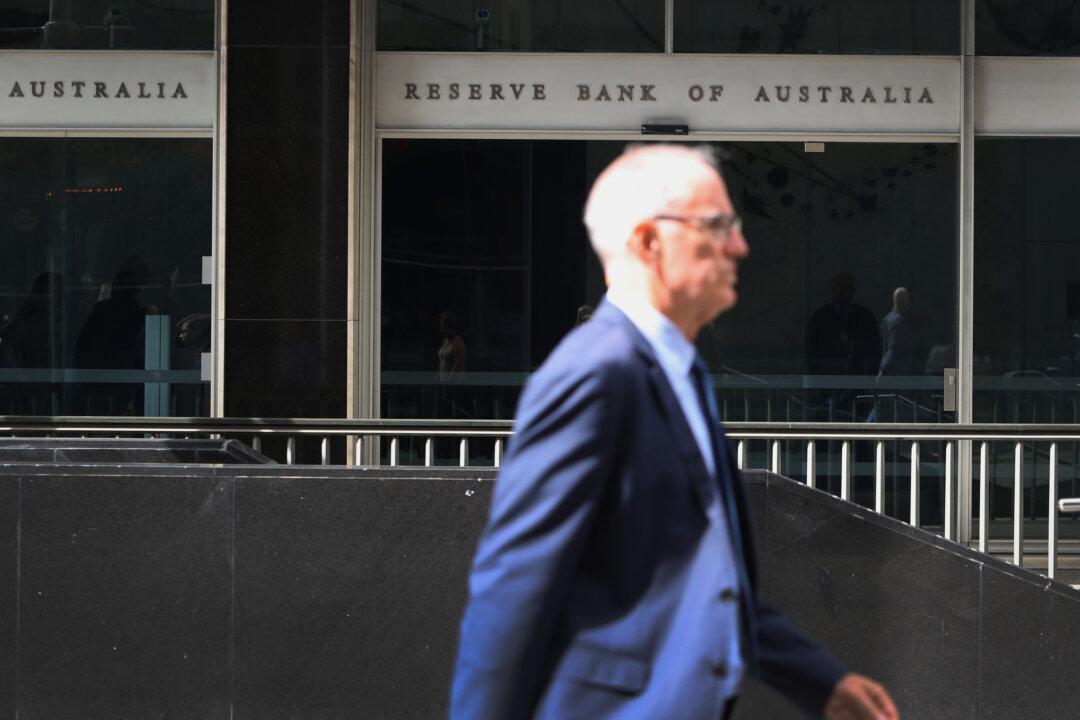Australian consumers may soon see a drop in the prices of daily necessities as the Reserve Bank of Australia (RBA) says inflation is likely to ease throughout 2023. However, the shadow of mortgage hikes still hovers around for borrowers.
During a parliamentary hearing on living cost pressures, RBA head of economic analysis Marion Kohler acknowledged the severe impact of the rising living costs on Australian households.





